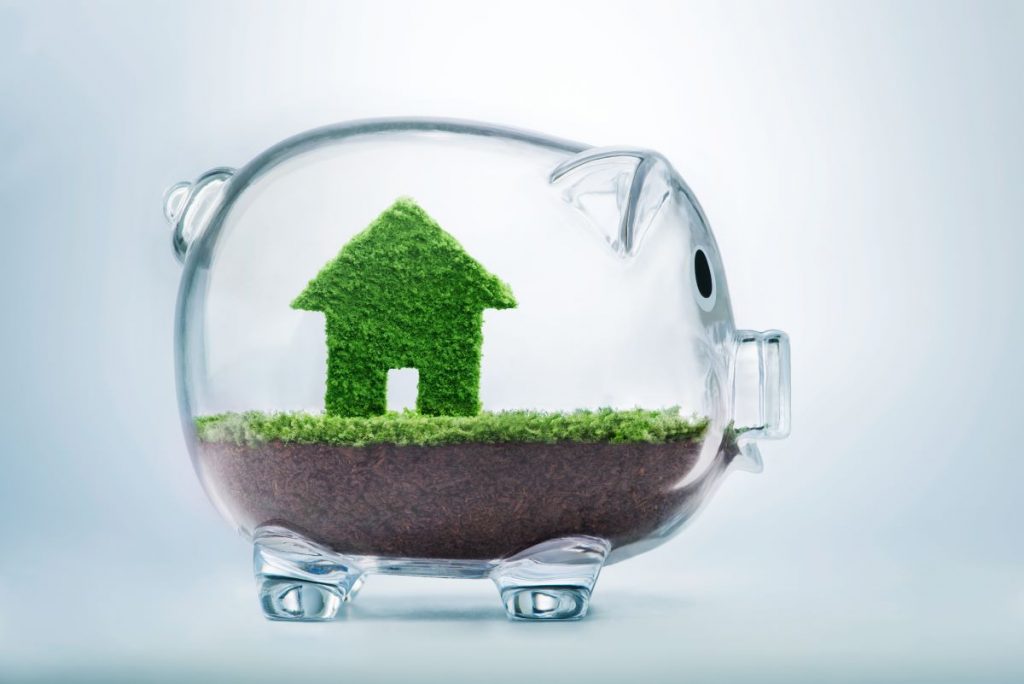Whether it’s because of actual belief in the advocacy against climate change or simply because the theme of sustainability is resonating with more and more people, industries are moving towards more sustainable practices.
This is also evident in the construction sphere. Many newer buildings are being designed with sustainability at their core. With that in mind, if you’re a homeowner who wants to do your part in making the world ‘a better place,’ here are a few examples of how you can improve your home’s design.
When Building Your Home
Prefab
Prefab or prefabricated homes are those built off-site and shipped to your location in parts. These homes are usually built in factories. This way of building is more sustainable compared to the traditional construction method. For one, the process produces less waste. Since parts of these homes are built in factory, the materials used and the production overall are more efficient and produce less waste. This also reduces the construction time, which also impacts sustainability.
Green Materials
Another growing trend in home building design is the use of sustainable or green materials wherever possible. Here are a few examples.
- Reclaimed and Recycled – Contrary to what some may think, using recycled or reclaimed materials doesn’t automatically mean that the quality or the durability will be compromised. ModWood decking is a good example here. By using recycled plastic and wood parts, it is more sustainable than traditional wood, plus, its plastic aggregates add to its durability and resistance to water damage.
- Living Walls – It’s no secret that plants are good for the environment and for the people living in those environments. In fact, according to Bio Advanced, plants in interior spaces improve the oxygen and humidity levels to make these spaces healthier for humans and lessen instances of dry skin, colds, sore throats, and other respiratory ailments. The good news is, many construction projects now incorporate living walls. These walls are designed in a way that allows plants to grow on them.
- Efficient Materials, Products, and Systems – There are a lot of materials, products, and systems that homes can use to be more energy, water, or heat efficient. HVAC systems, for example, are among the most power-hungry in a home. By using energy-efficient window films, you can prevent heat loss during cold months which ultimately reduces your HVAC system’s consumption. You can also use solar panels, water reclamation systems, and other similar products.

What You Can Do Now
Even if you don’t move to a new home, you can still make your existing one more sustainable with a few changes. Here are some examples.
- LED bulbs – By simply switching your incandescent lightbulbs with LEDs, you can raise your home’s energy efficiency. LEDs also have better longevity, which reduces your need to replace them often.
- Insulated Walls – like the window film example above, insulated walls reduce the stress on your HVAC system since they are able to better keep the heat in during colder months.
- Native Plants – Use native and local plants for your garden or landscape because they are adapted to the environment which means they require less water, nutrients, and time to grow.
Conclusions
Sustainability is the way forward. Learning about the sustainable home designs will enable you to make the necessary changes to make your home more eco-friendly. Follow these tips and share them around.

